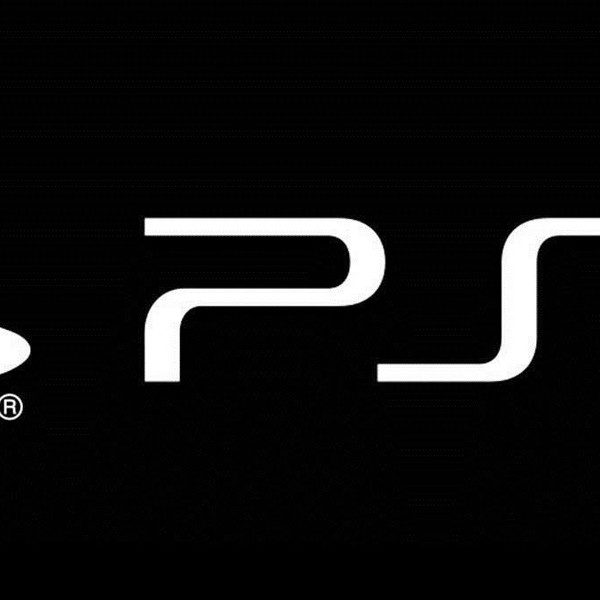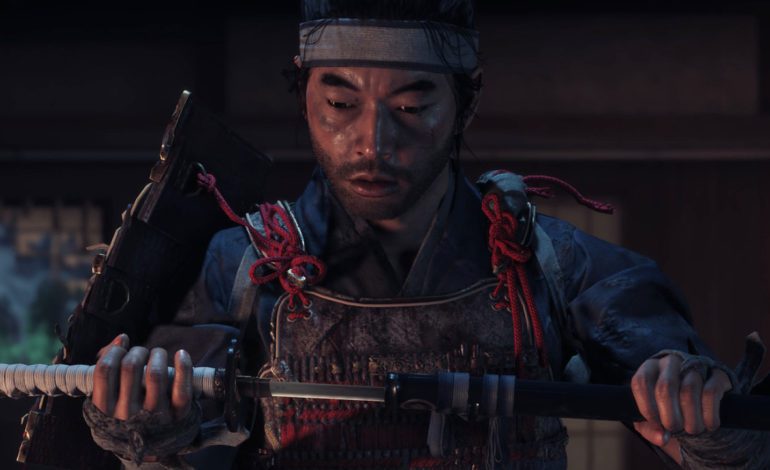

As the release date approaches for the launch of Ghost of Tsushima, developer Sucker Punch has revealed some new details in how they designed the katana combat for the game. Last time we saw Ghost of Tsushima was during a special State of Play where the developers explained and showcased how the game will actually function in terms of exploration, combat, progression. As Sucker Punch explains on The PlayStation Blog, designing the katana combat for Ghost of Tsushima came down to three things that the developers focused on three things: speed, sharpness, and precision.
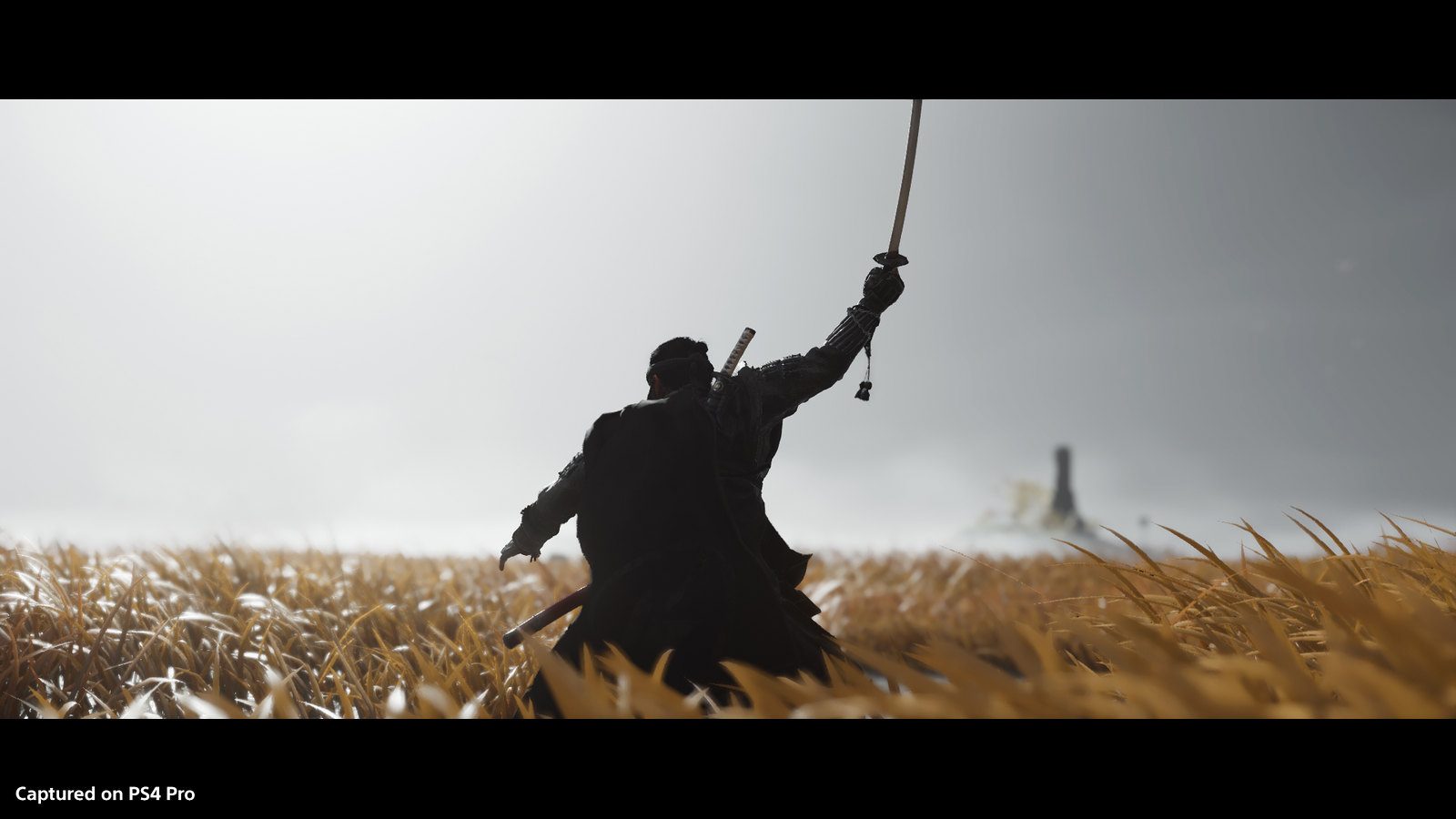

As Chris Zimmerman, Co-Founder of Sucker Punch explains, “Our goal with Ghost of Tsushima has always been to capture the heart of the samurai fantasy – to transport you back to feudal Japan, to live through the beauty and danger of Tsushima island under attack. Our hero, Jin Sakai, has trained his whole life in the samurai way — watchful, precise, disciplined, deadly. He’s a master of the katana, a confident horseman, and skilled with the bow… but those skills aren’t enough when faced with thousands of Mongol invaders. He needs to be something more than the perfect samurai if he wants to save his home. That’s what Ghost is about. Our hopes of achieving our goal, of creating the time machine we were after, rested on capturing the right feel for the katana. Without katana combat that looked right, sounded right, and felt right, Ghost wouldn’t succeed.”
The developers looked at classic and modern samurai movies for inspiration, but the way the movies do things doesn’t necessarily work for video games so they looked to the three pillars to guide them.
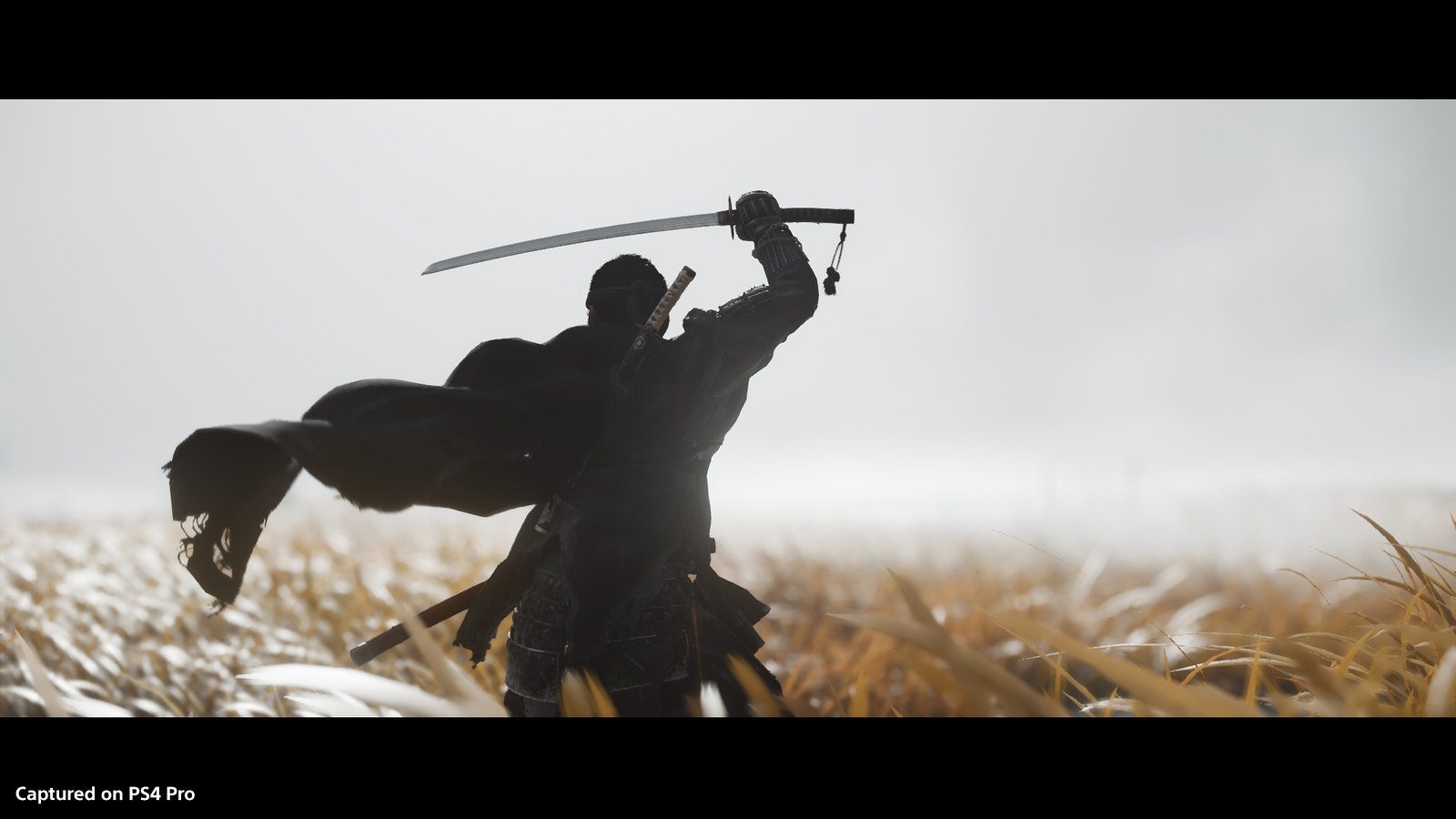

Jin’s attacks are fast as katanas aren’t heavy so quick slashing attacks are at the center of most fighting styles. All of the attacks in the game were captured on the motion capture stage so they were as realistic as possible but the developers realized that the realistic speeds of the katana were too fast to react to. So Sucker Punch did two things to address the issue.
First, while attacks were too fast to react to, they weren’t too fast to anticipate so the player needs enough time to react to the first attack and since the other attacks can be anticipated, they would seem fast. Another thing that they did was overlap enemy attacks. As one enemy attacks, others can be winding up. “We tune things so that Jin has barely enough time to deal with each enemy attack as it lands,” Zimmerman said. “Just like the samurai movies that inspired us, but there will often be two or even three attackers in the middle of an attack sequence at once.”
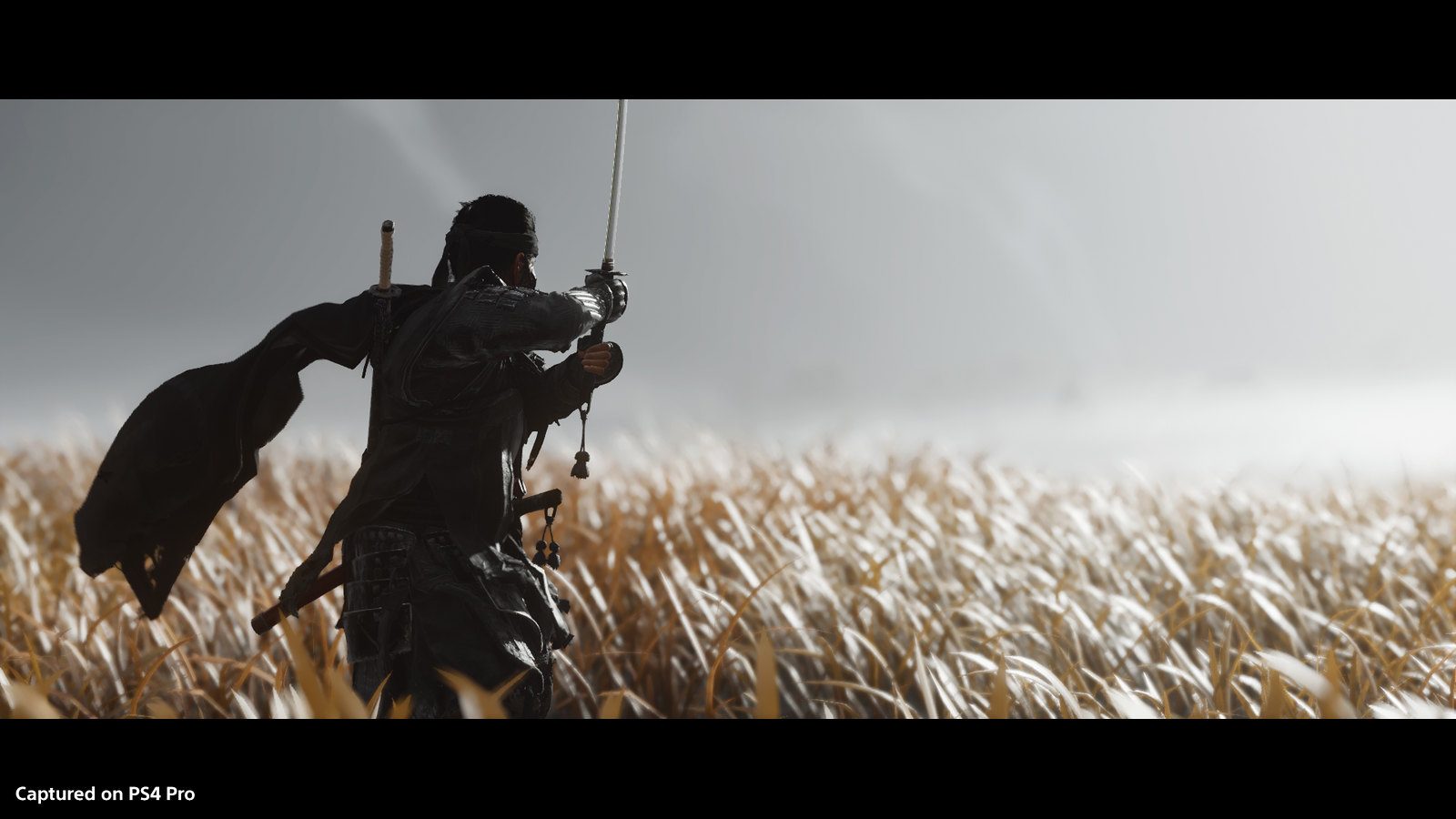

The second thing that Sucker Punch focused on was sharpness. One of the mantras that the developers had during development was “respect the katana”. That means that as Jin’s weapon is a meter of razor-edged steel, the enemy’s arsenal was too. They also understand how deadly the katana is so Sucker Punch gave them defensive tactics such as blocking, parrying and dodging. “Sharp weapons and aggressive enemies mean that death is always nearby. That sense of danger, that you’re never more than a few mistakes away from dying, is crucial to Ghost of Tsushima‘s tone. Players have plenty of techniques to defend themselves, and even more ways to attack. If you concentrate, if you stay focused, you’ll survive the fight. If you lose focus, you’ll die.”
The last thing that Sucker Punch focused on for the katana combat was precision. So responsiveness was a major aspect of making the game. Animations are fluid and flow naturally between movements but attacks can be canceled at any point so Jin can react to anything that other enemies attempt to do while he is focused on someone else.
In addition, precision is also applied to how well Jin blocks. You’ll be able to execute parries and earn resolve which helps Jin push past injuries he sustains. Players can also unlock a perfect parry that will deliver a special counter attack that earns Jin a big dose of resolve. Stances also give players collections of new attack techniques. They can be switched at any time and were designed to be effective against the different enemy types Jin will face.
“All of these things – speed, sharpness, precision – combine to produce an experience we think players will love. More precision means a more effective player, which means things can go faster and get more deadly to match. We hope you’ll choose a difficulty level that really challenges you as a player – because the focus and discipline and practice it will take to meet that challenge is exactly what is demanded of Jin Saki. It’s a dangerous world, but Jin Sakai is a dangerous man.”
Ghost of Tsushima launches on July 17 exclusively for PlayStation 4.
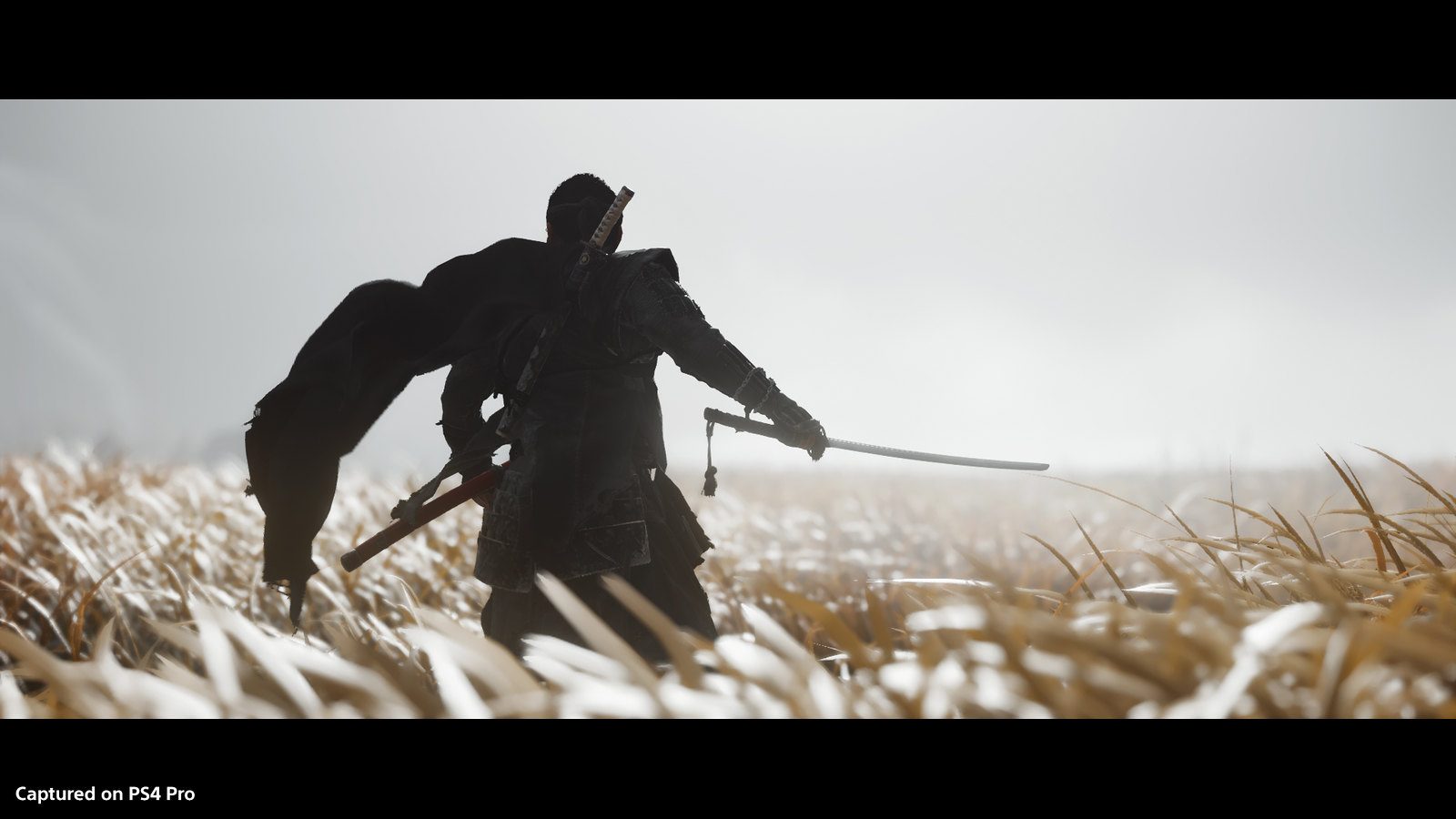

Play games, take surveys and take advantage of special offers to help support mxdwn.
Every dollar helps keep the content you love coming every single day.

